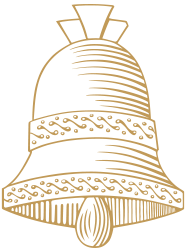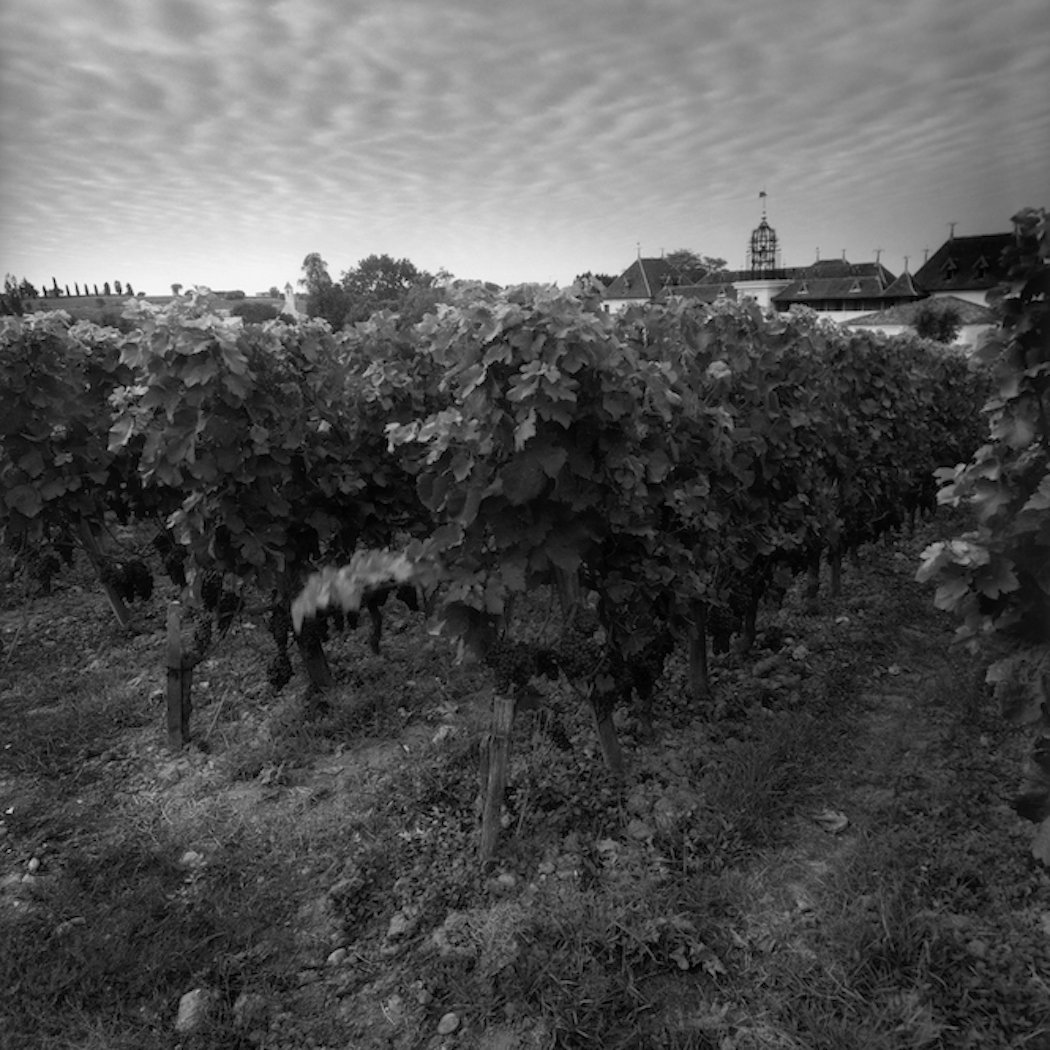
“The place transcends thought”
This series is a response to a future book in black and white; it starts with a direct allusion to “natures”, a book where the plant has a predominant place, a way of establishing a link. Another link, this one deeper: the silver-process photography used in the same series, the silver process I am immersed in and which seems to me to function closely in some respects to the “magic” of wine, with extrapolation, patient waiting, technical control, the search for material, to say nothing of the light that leads us very directly to the weather conditions, which determine in part the future of a vintage. The matter requires meditation and there would be much to say about this comparison but...
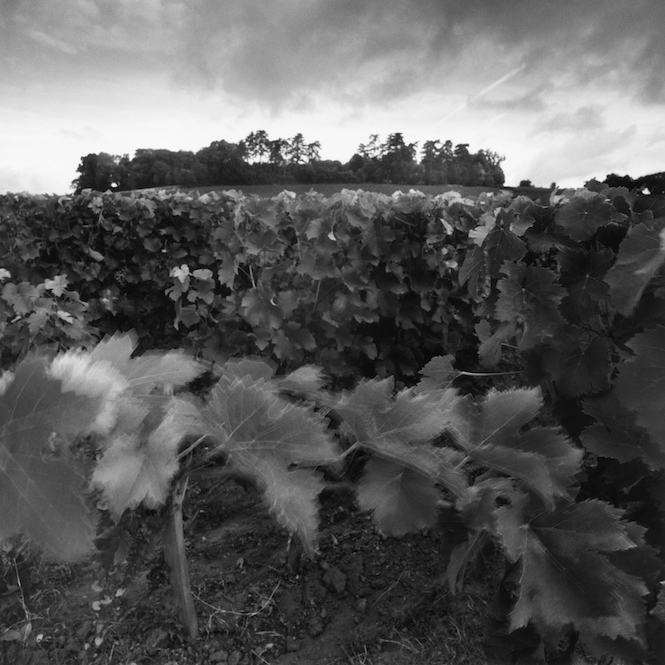
...I must admit that, well beyond this, the toponomy has overwhelmed all other considerations, once having arrived on the spot. I knew it of course and wanted to confront it, especially given how much the tutelary presence of the famous painting by J-F Millet is claimed, more strongly than I could have foreseen and to my great satisfaction. This painting is an icon whose traces permeate our culture, the “most famous painting after the Mona Lisa”, I read. It immediately hit me, "the place transcends thought". A place...
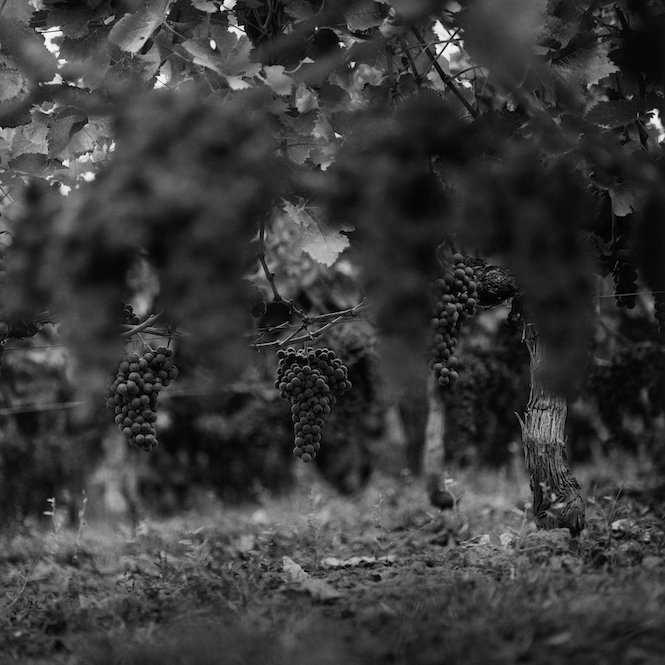
...A château built in response to this image, literal architecture that I should fit into with restraint in a soil, a terroir, following the example of the church in Millet’s painting. Perhaps the château is still too present given the religious sentiment the emanates from the staggering emptiness of a countryside without harshness, this painting is an echo chamber, a sonorous landscape, another place another time I filled it with vines and the sound of the bells bouncing off the hillsides. They chime at the hours of the Angelus, a sober “little music” which called for a fervent and silent prayer, that gave rhythm to the day, I heard it. In my photographs, no characters, a regret, but a landscaped presence, the chance of a bright sky and...
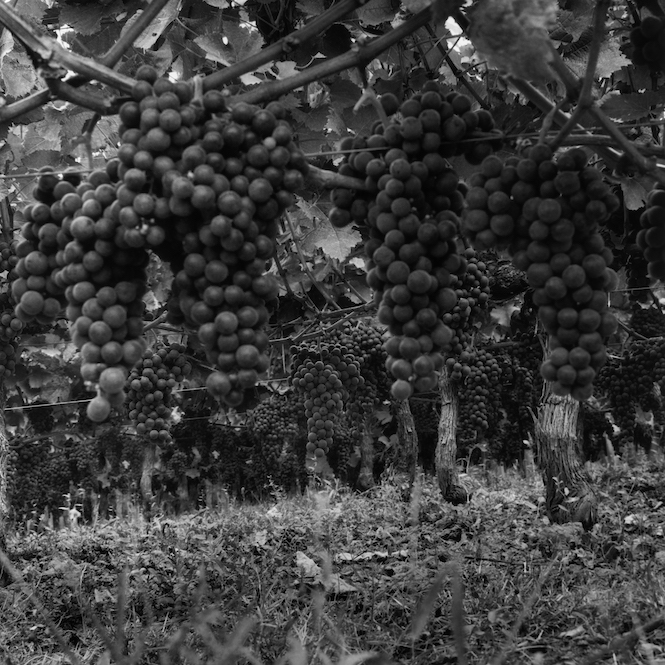
...An animal presence that brings us back to work, the virtue of a modern practice that has reintegrated the horse into the landscape. This horse widens the temporal field, burdens time, works patiently, leads whoever wants to follow me to the three images of an “apologia to the grape”, the finality, the end generating another cycle. “The bunches hang and are waiting to be drunk”, I conclude with this daring paraphrase of Francis Ponge who wrote of trees “that they are waiting to be read”.
